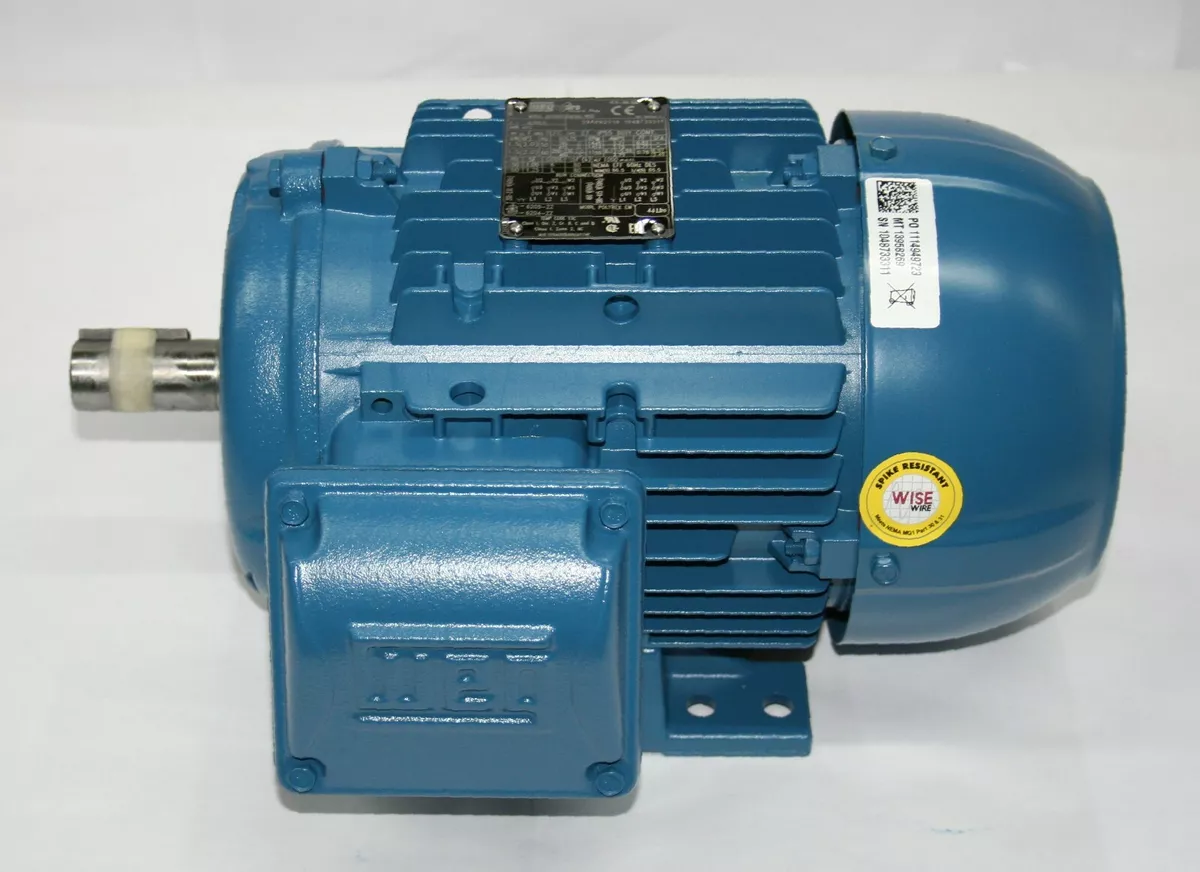
Electric motors convert electrical energy into mechanical energy through the process of a rotating motion. They’re used to power a wide range of home and industrial equipment.
The rotor’s windings are powered with direct current or alternation from the stator. Each rotor turn generates the field of magnetic energy that interacts in a stationary magnetic field to produce force.
Types
Electric motors comprise two elements, a fixed component called the stator as well as a movable part referred to as the Rotor. They utilize magnetic circuits in order to convert electrical energy into mechanical power, which turns a shaft, which can be used to power devices like pumps, fan, compressors, conveyor systems as well as electric vehicles.
There are several kinds of electric motors. They differ in terms of construction, use, and even the way they’re charged. They may be powered by direct current (DC) currents from rectifiers or batteries and alternating current (AC) charges that are generated from power grids or electrical generators. These devices also have a variety of dimensions, the number of magnetic poles for the stator and rotor, rotational speed, power, and current ratings.
It is important to know whether an electric motor runs using a single or three-phase electricity, and whether there is a mechanism for starting that relies on a capacitor auto-starting windings, can further narrow down its classification. Certain manufacturers classify motors based upon their flux density in air as a function of the magnet’s dimensions, windslots and back-iron depth.
Other factors include if the motor comes with either a non-salient or salient pole configuration. This determines whether there is a flow of current around a portion of the core. This is known as an apole face. This is what makes the motor a north or a south pole of the electromagnetic field during the time that AC electricity flows through. There are motors with a shaded-pole setup in which there are wires that wind around a portion of the rotor which delays the magnetic fields direction for the particular pole. Buy electric surplus motors from surplusrecord. Industrial electrical motors are the best buy of electric motor.
Budget
While cost may be an important factor when it comes to motor purchase decisions, end-users should consider the long-term cost of ownership in making decisions about purchases. The price of ownership consists of the price for purchase in addition to the costs for energy, as well as the expense of not running the motor.
The quality of raw materials and manufacturing processes can significantly impact the price of electric motors. For example, electric motors built with high-quality copper wires and laminations will be more expensive than those with low-grade components. The other major cost elements include design and engineering, labor in assembly and quality control and testing, overhead expenses and profit margin.
In some cases, an investment in the most efficient motor can be fully recouped within two years with lower cost of energy. You can also benefit from additional savings by utilizing the utility rebate program. Buy electric motors at surplusrecord.
The right electric motors that are suitable for your requirements is not the easiest task but by conducting a thorough search, you will find the best value. When you’re comparing different motors, make sure you evaluate their features, including performance ratings and efficiency levels and the level of vibration and noise.
Examine the conditions within which the motor is expected to work to figure out what additional safety measures are required. Dry dripproof (ODP) motors are the least expensive option with a fan-cooled, fully enclosed design. and explosion-proof motors provide more robust protection. More safety-related features can boost the price of your motor’s total, nevertheless, they’re vital for certain situations. As an example, interlocks are effective in keeping equipment and appliances from switching in the event that the motor is running.
Applications
Electric motors are utilized for a variety of functions, from blowers pumps to industrial and machine tools as well as home appliances and disk drives. Some are even used as regenerative brakes in electric vehicles to recoup power that would otherwise be squandered due to friction and heat. A majority of motors are powered by AC electrical circuits, but some run on DC electricity. A used electric motor is available on surplusrecord.
Motors utilize electrical current to create magnetic fields within the stator and rotor. The fields are pushed against one with the other, and causes the rotor’s axis to turn. The strength of magnetic fields is dependent on the flow of energy running through the conductors of the inside of the rotor.
The conversion of electrical energy into mechanical energy was explained by Michael Faraday in 1821. His main physical principles included the fact that electrical conductors is subject to force if placed in the field of a magnetic, as well as any element of motion with a straight line to the field causes a similar move in the opposite direction.
Utilizing electricity to drive an engine is more efficient than using gasoline. The engine doesn’t require any complicated fuel-injection system, starter motor, different transmissions, a noise-dampening muffler and other pollution-control devices. It doesn’t also produce lots of sound smoke, exhaust, or fumes as well as doesn’t require a large tank that can store the fuel needed for lengthy trips. The main disadvantages of this motor are limited power range, size of battery, as well as the amount of time that is required to recharge it after refueling. industrial electrical motors are your most efficient electric motors to buy.

